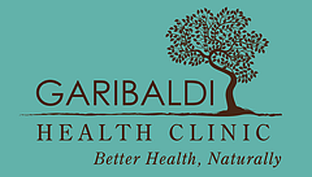Osteoporosis
Have you ever wondered why so many old people, especially women, fracture their hips in what are often relatively minor falls?
The answer, in a word, is osteoporosis. Osteo = bone, porosis = porous. Porous bones. Bones that have lost their density and become brittle, a disease that afflicts nearly 100 million people in North America, Europe and Japan.
While rarely fatal in itself, osteoporosis is often the first of a chain of events that leads to immobilization, pneumonia and death in the elderly. Half of all women and one-fifth of all men in North America over age 65 will suffer an osteoporosis-related fracture, usually to the hip, spine or forearm.
So why are women so much more at risk? Well, obviously, their skeletons are lighter. But they also have less of the hormone testosterone, which builds bone mass in men. Although women do have their own form of protection against osteoporosis in the form of estrogen, menopause brings a gradual decline in the body’s output of this hormone.
Many women choose to offset this loss with hormone replacement therapy (HRT). It’s a Catch 22, quite effectively slowing bone loss but at the same time exposing women to an increased risk of breast and ovarian cancer, among others. Fortunately, it’s a risk that need not be taken.
Osteoporosis is for the most part a preventable, even to some extent reversible, disease. The key to combating it is lifelong attention to good nutrition – with special emphasis on calcium and vitamin D – and plenty of exercise.
Bone density peaks in the body at about age 35. Long before that, almost from infancy, the strength of the skeleton and its eventual resistance to osteoporosis is determined by diet and lifestyle. Well-nourished, active children grow longer, stronger bones.
After mid-life, however, maintaining a healthy regimen becomes more difficult for many people. Work and family intrude, stamina declines. But with osteoporosis, it’s never too late – or almost never. Even after years of inactivity, many people in their 40s and 50s actually increase their bone mass simply by changing their lifestyle.
Such change would certainly entail exercise and diet. But it could also mean cutting back on caffeine, animal protein, sodium, alcohol, tobacco and steroids, if you take them, all of which contribute to osteoporosis.
One of the catch phrases of our time is “Hey, break a leg.” Given an ounce of prevention, that leg need not be yours.
© Dr. Ashely Gordon, 2004.

